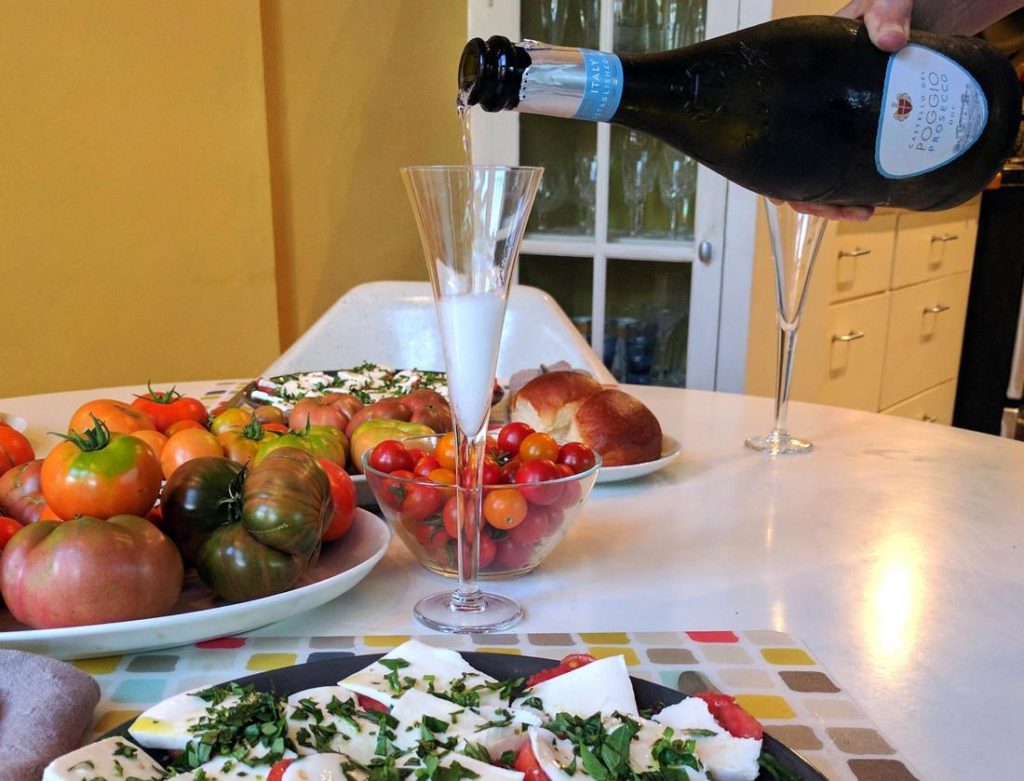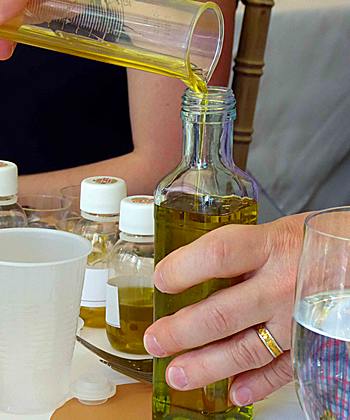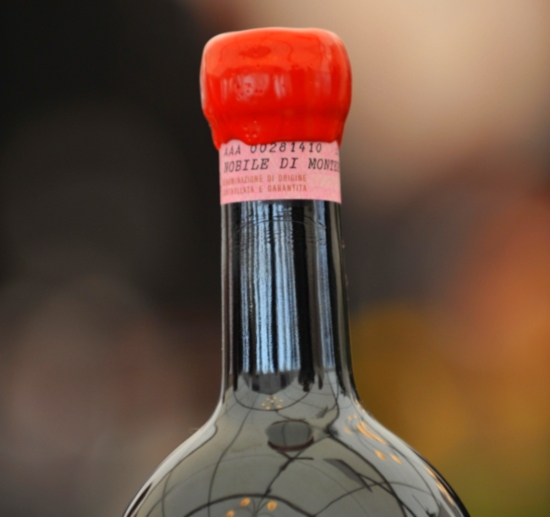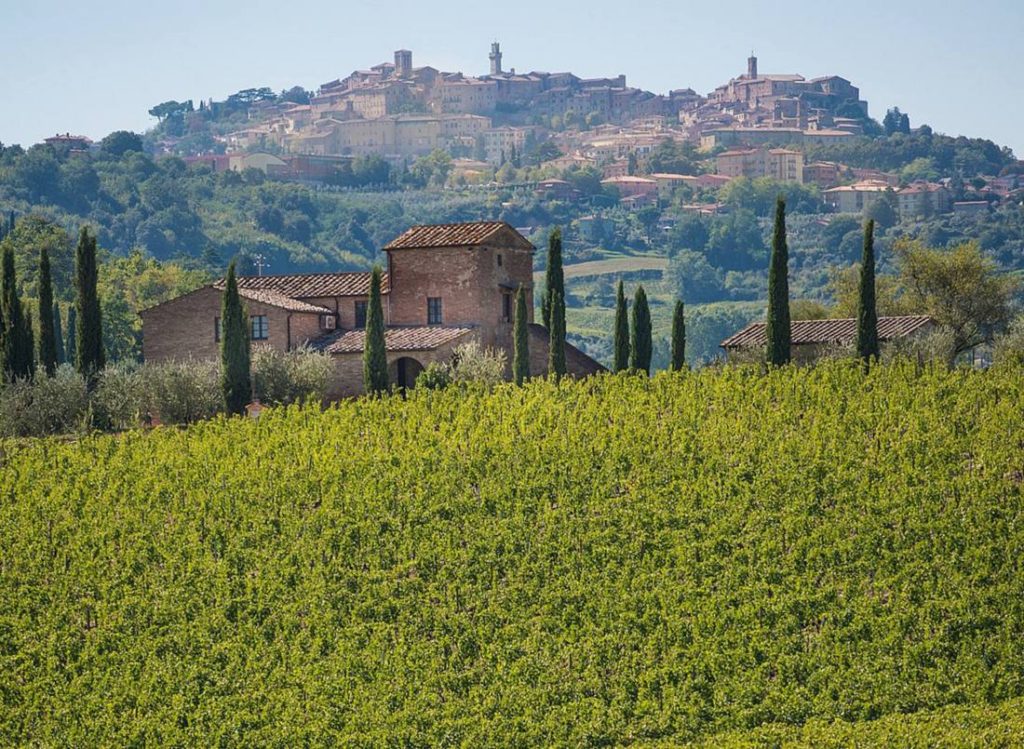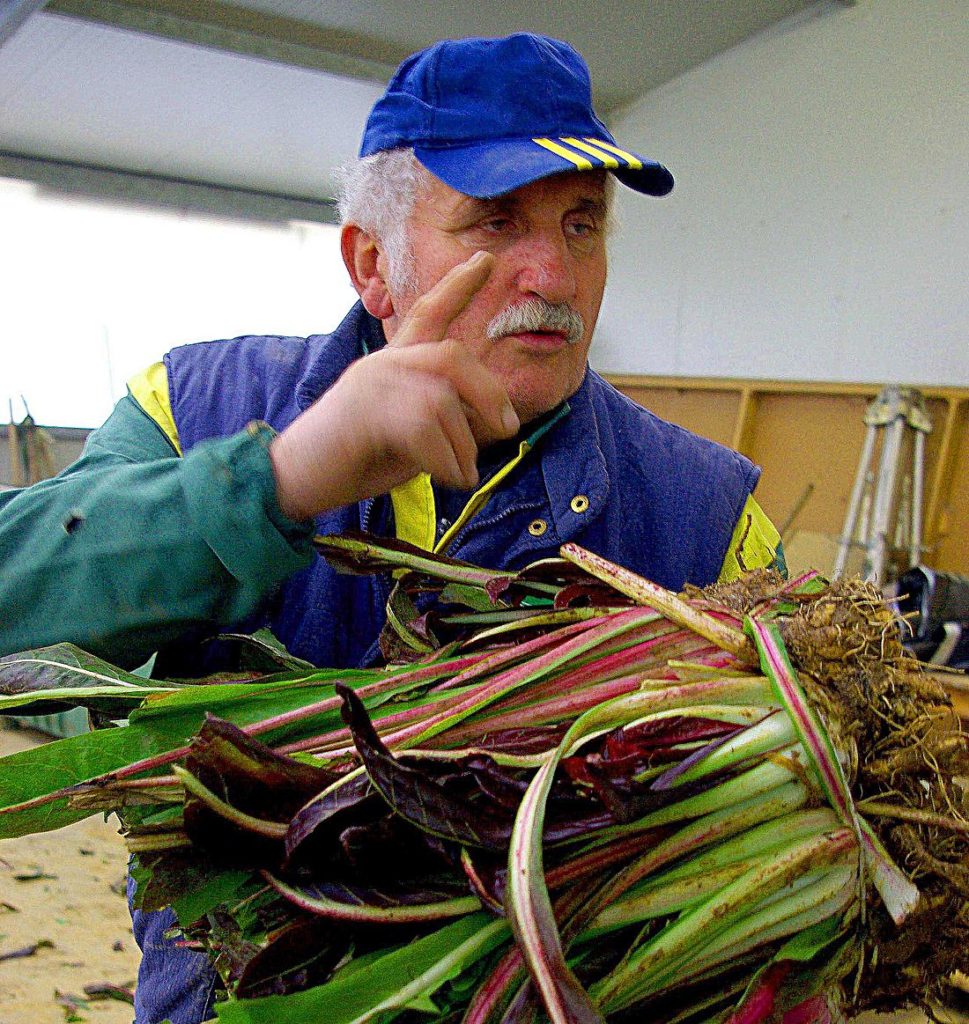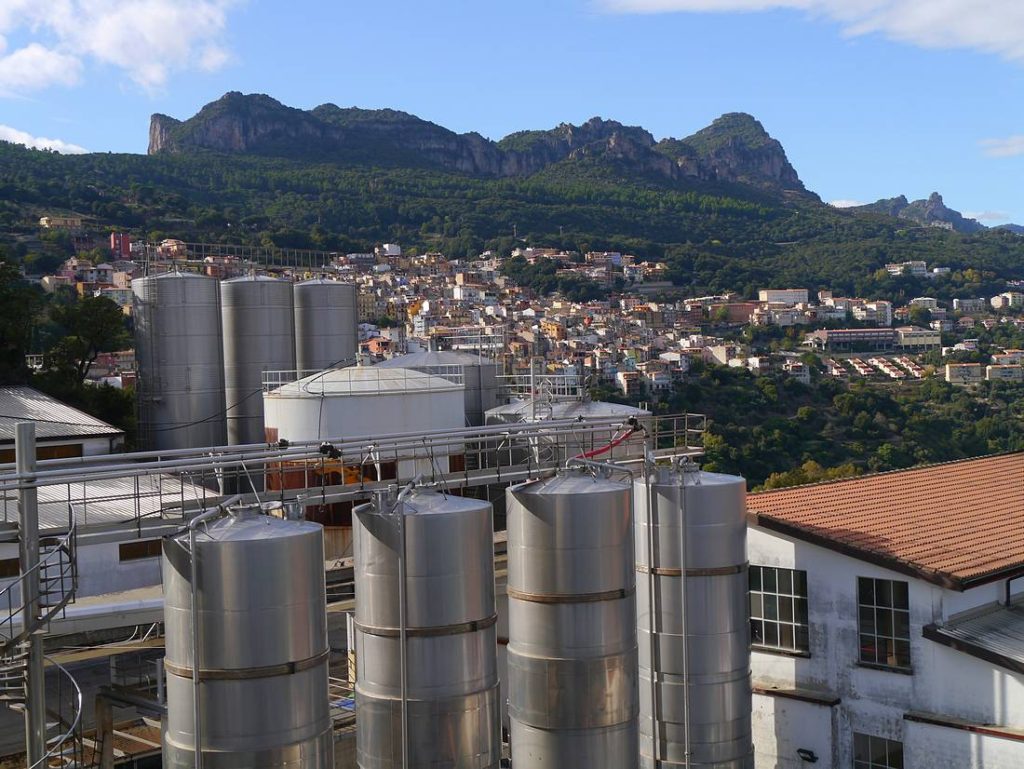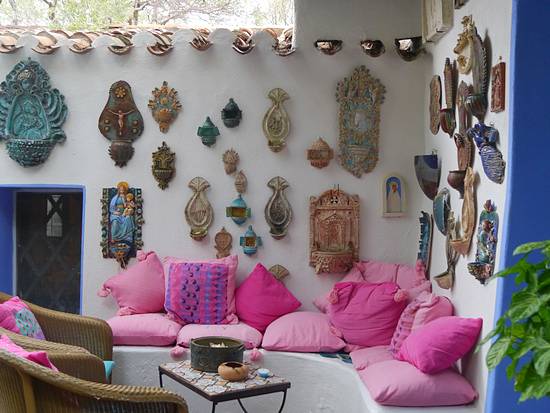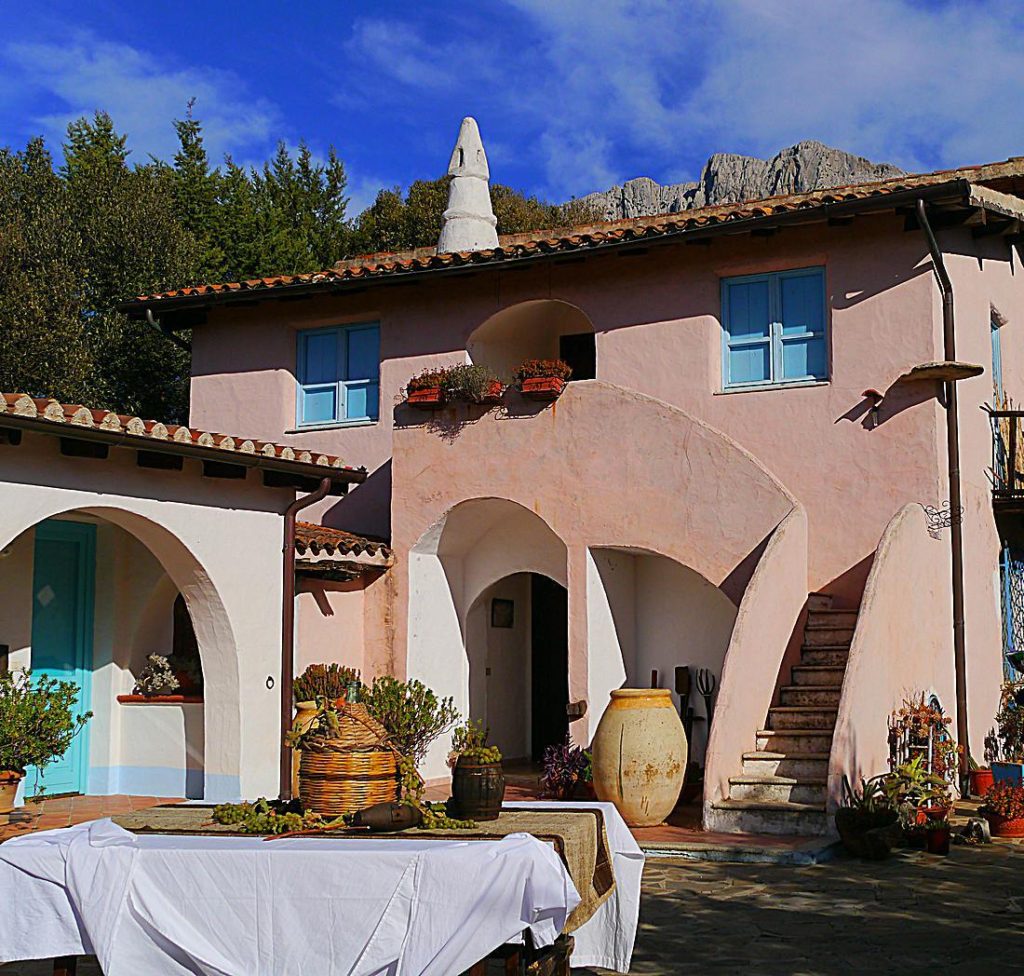
Luce wines turn toward the future
As one of the first super Tuscan wines, Luce was the joint vision of the Marchesi de' Frescobaldi and the late Robert Mondavi. Blending the Montalcino clone of Sangiovese with Merlot, they created a red with supple vigor and friendly tannins that was immediately met with popular and critical success. More than two decades have passed, and Luce remains a powerful alternative to the best Brunello di Montalcino. In recent years, however, the Tenuta Luce delle Vite estate has branched out with a more approachable and affordable second level wine called Lucente. They are also changing the way they age their Brunello. When Luce's technical director, Stefano Ruini, passed through Boston recently, we sat down to taste the latest releases and discuss changes at the...Read More

